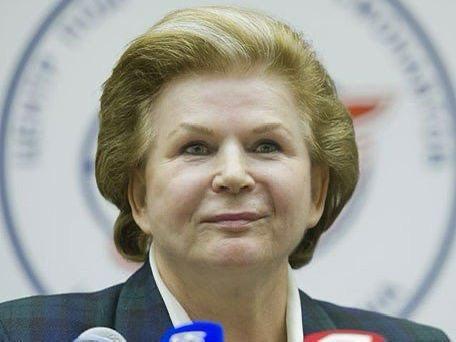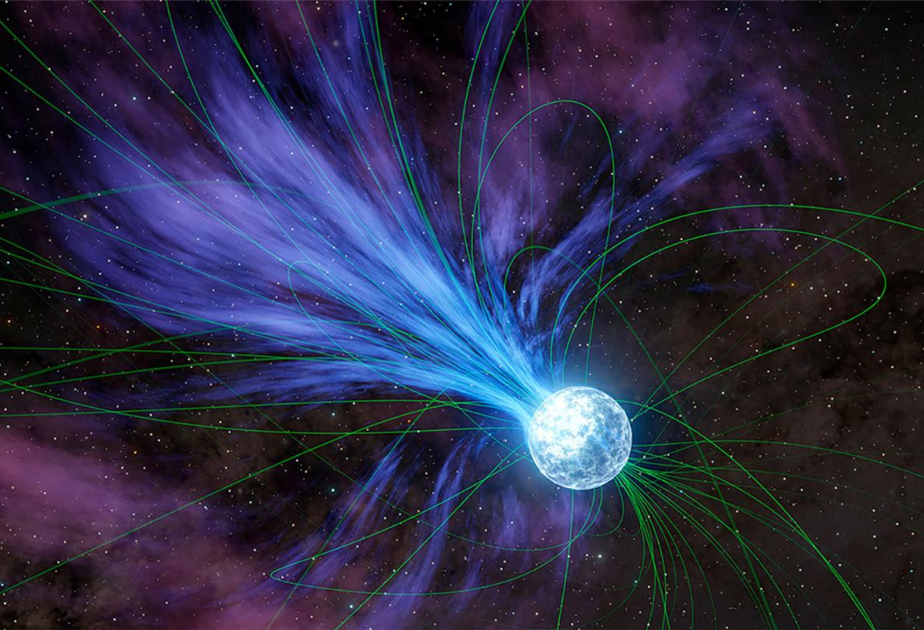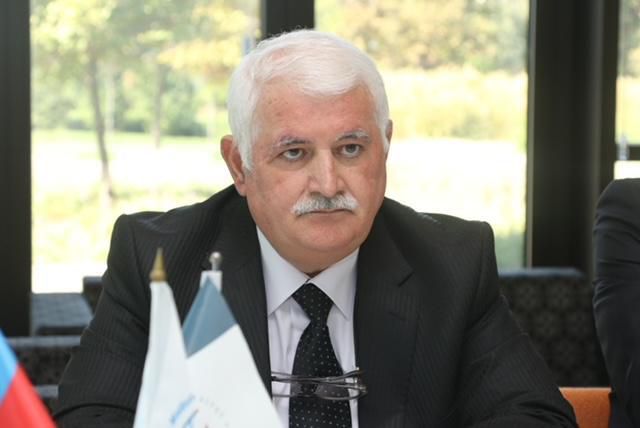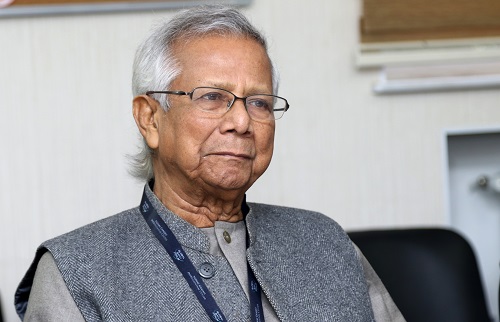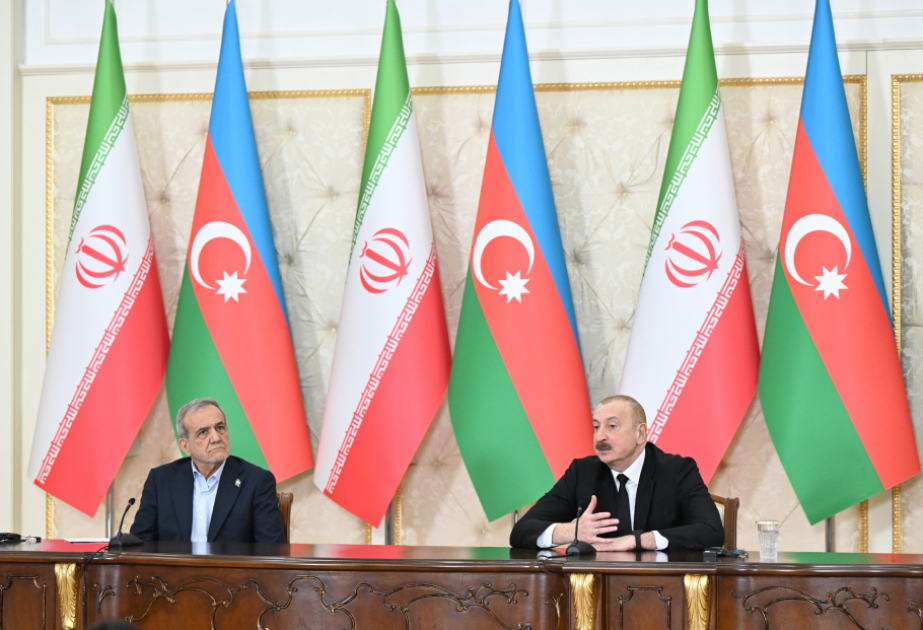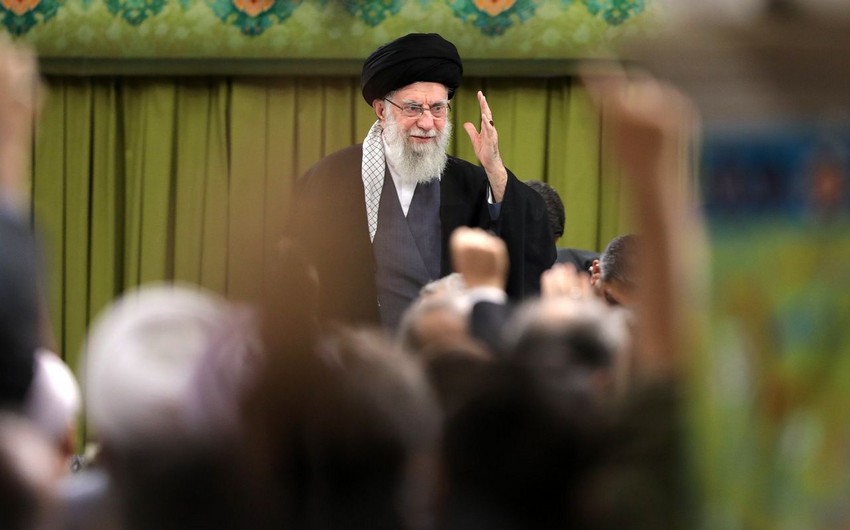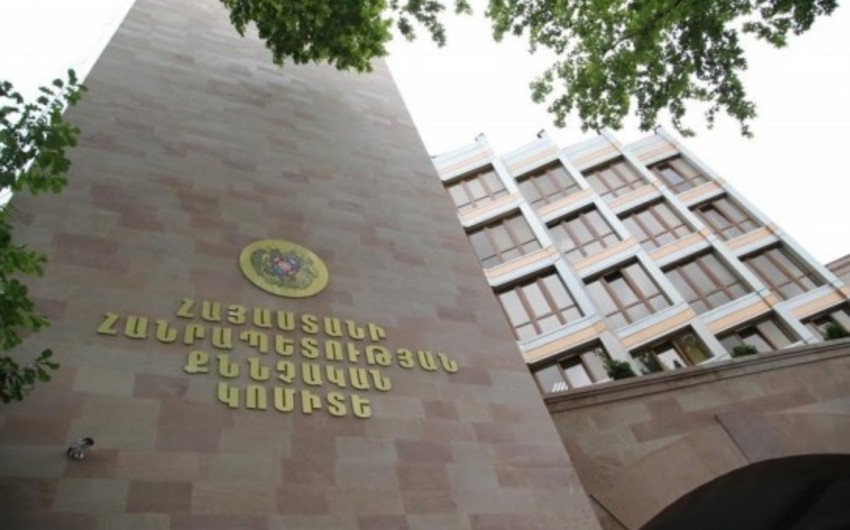In her youth, Valentina Tereshkova tried many different jobs: she worked as a bracelet maker at a tire factory, a rovnychnitsa (a textile worker) at a technical fabric plant, a secretary of the Komsomol committee, played the domra at the House of Culture, and even practiced parachuting. This last hobby ultimately led her to be selected as a cosmonaut candidate. She met all the criteria: under 30 years old, height up to 170 cm, weight up to 70 kg, and experience as a parachutist (she had completed 90 jumps).
Valentina was chosen as one of five female candidates who underwent intense training. After completing the tests, the most resilient and responsible one would be selected for the mission. Apart from physical preparation, political loyalty, background, and public activity were also considered. In the end, Valentina Tereshkova was chosen.
The Spaceflight
On June 16, 1963, the Vostok-6 spacecraft, with Tereshkova aboard, left Earth. She told her mother that she was going to a parachuting competition; her family only learned the truth from radio broadcasts.
During her three-day (71-hour) mission, Valentina completed 48 orbits around Earth. She took photos of the horizon (which later helped scientists discover aerosol layers in the atmosphere) and kept a flight journal. On June 19, she landed in the Altai region. This was all that Soviet citizens needed to know.
She was greeted with great celebration: a red carpet, awards, and media attention. Her family was given a three-room apartment, and newborn girls were even named Vaterpezhekosma (short for Valentina Tereshkova – first female cosmonaut). However, behind the scenes, the reality was much harsher.
Before the press conference, Chief Designer Sergey Korolev called Valentina for a meeting. He asked her to remain silent about the problems that had occurred in space. And she obeyed, despite the fact that these issues nearly cost her life.
First, she felt extremely unwell throughout the entire mission—she was nauseous, drowsy, and struggled to complete her tasks.
Second, there was a serious mistake in the spacecraft’s design: due to incorrect wiring, the automatic landing system malfunctioned. The spacecraft could only be manually controlled, but Valentina had not been trained for that. She had to figure it out herself in orbit—otherwise, she would have remained in space until the spacecraft’s resources were exhausted.
Life After the Flight
Valentina Tereshkova later married cosmonaut Andriyan Nikolaev, whom she met in Star City. Their marriage was turned into a grand spectacle, closely followed by the entire country.
First came the wedding, then the birth of their daughter, Alyona. Doctors feared for her health—previously, animals that had been in space gave birth to deformed offspring. Fortunately, despite a difficult pregnancy, Alyona was born weak but healthy. She received the best medical care, as Star City always took care of its own.
However, happiness did not last long. The couple wanted to divorce, but Leonid Brezhnev was furious at the idea—after all, Valentina and Andriyan were a model Soviet family. So, for years, they had to maintain the illusion of a happy marriage. They were only able to divorce in 1982.
Fatima Shukyurova // EDnews

